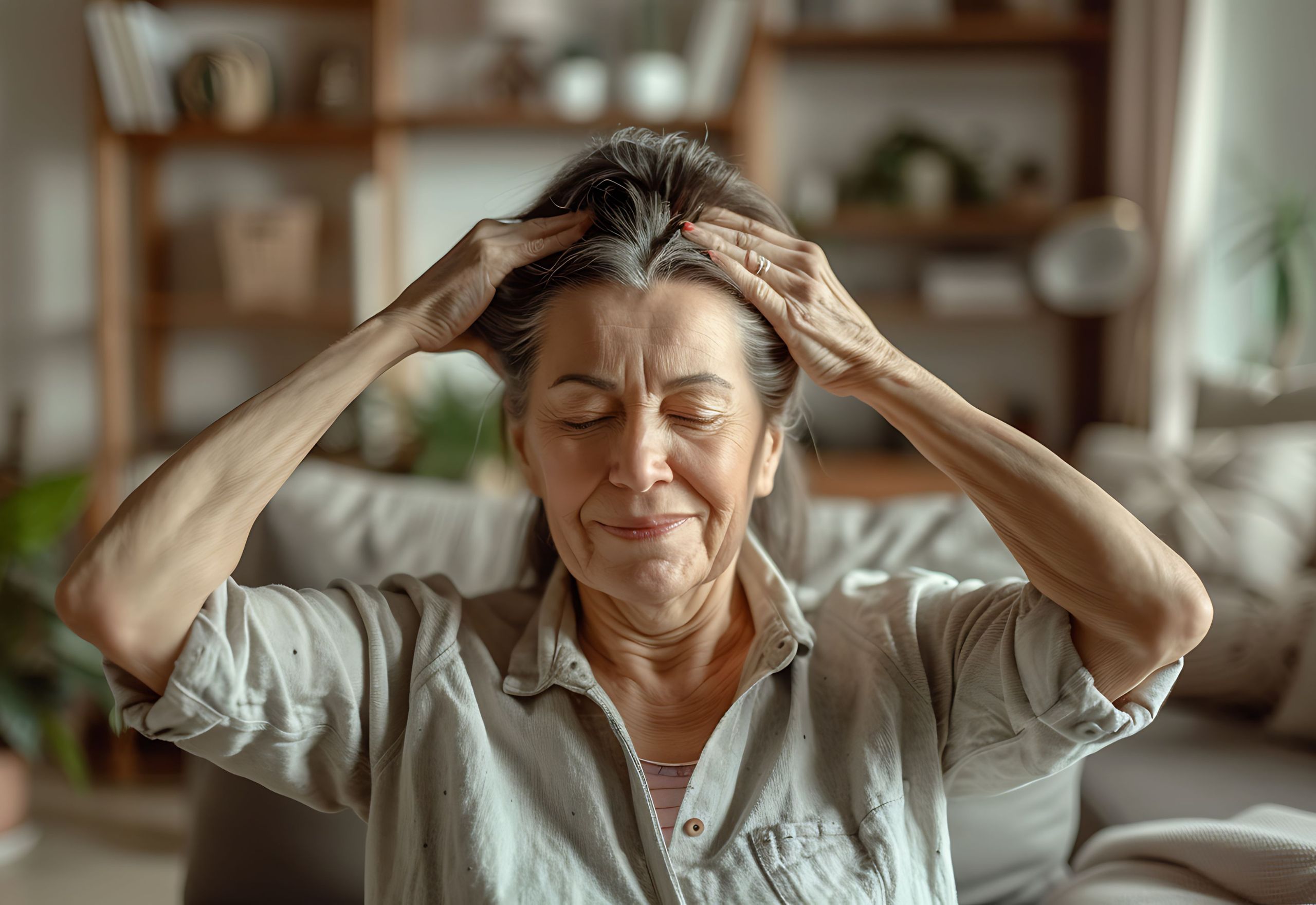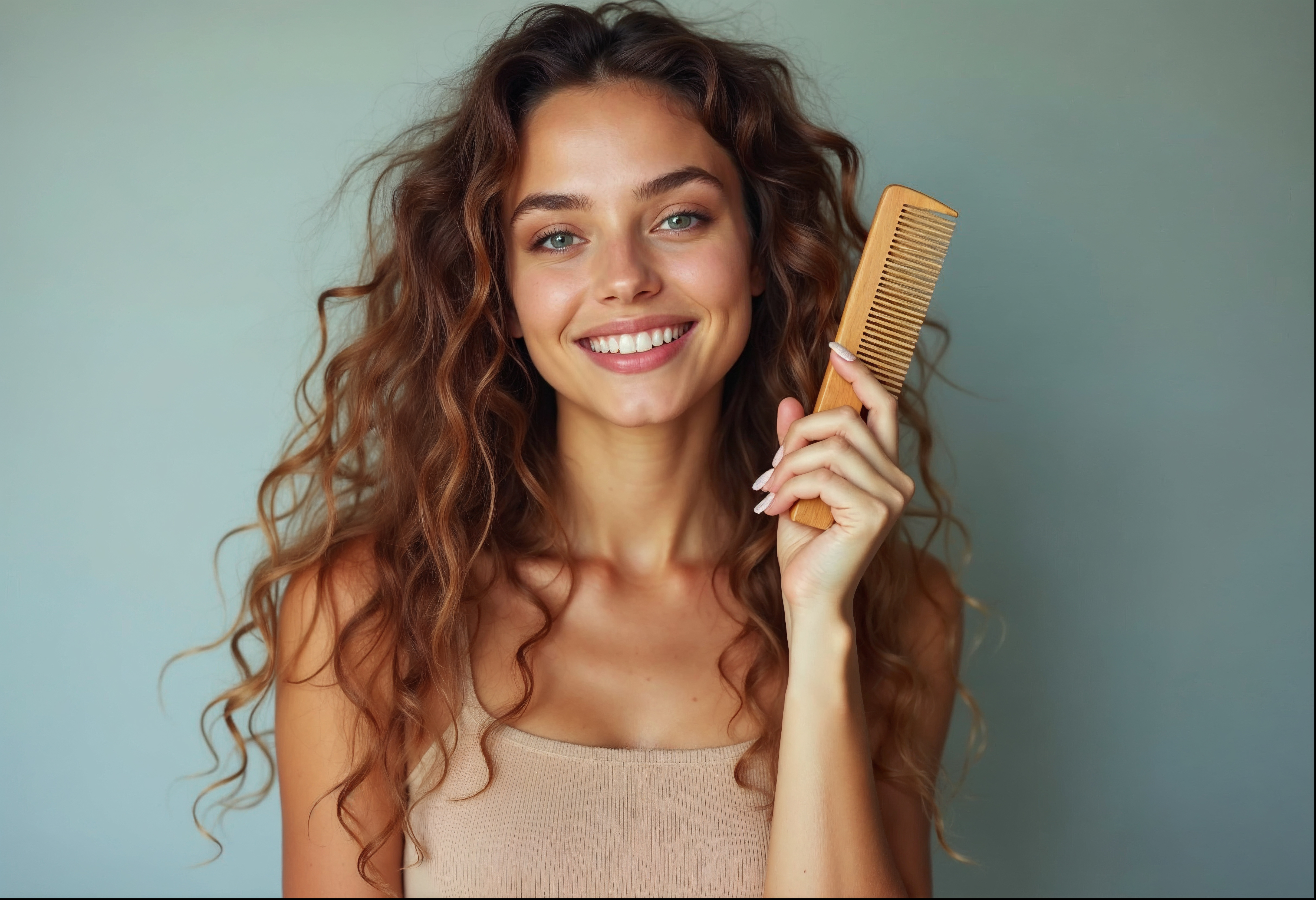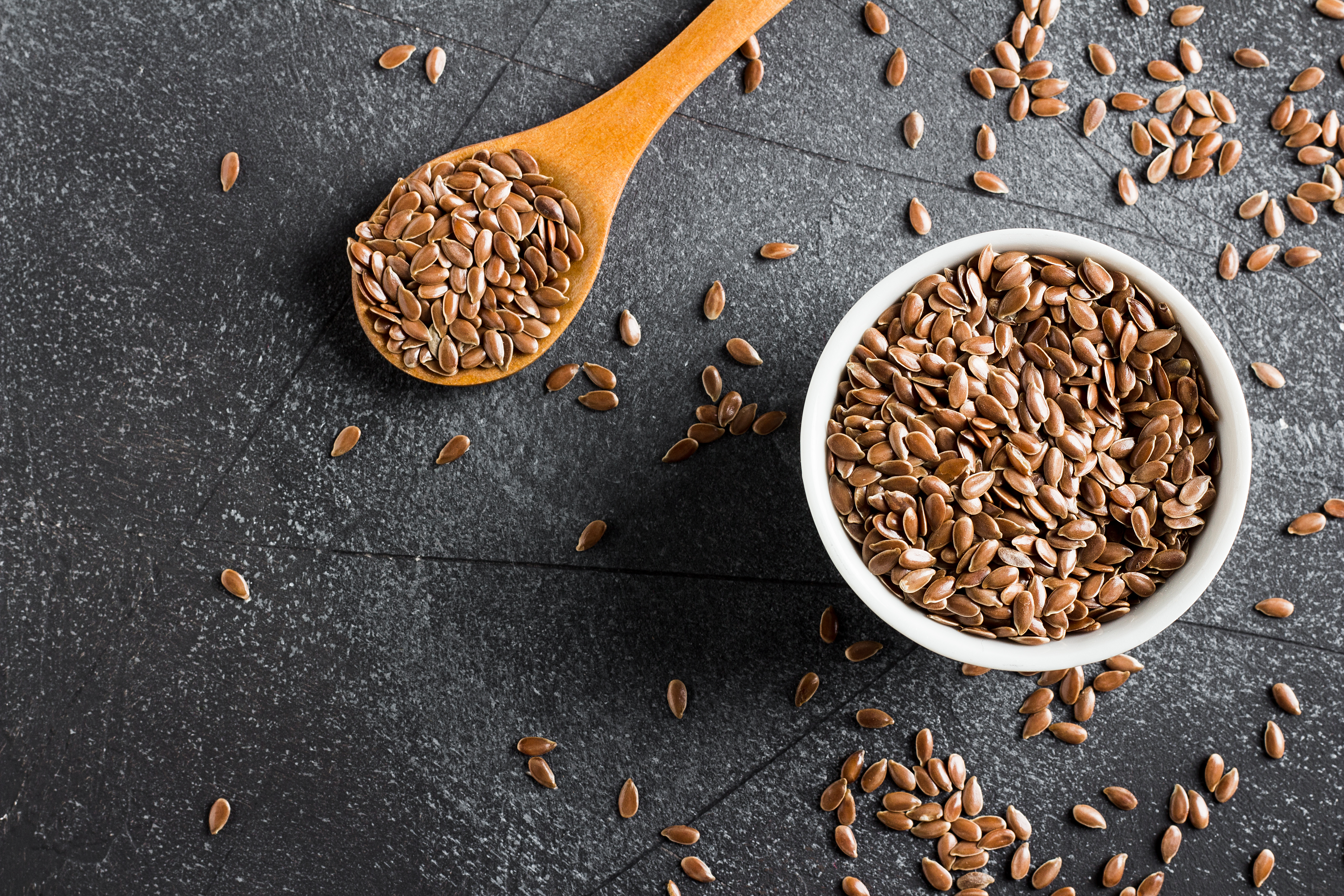Many women notice changes to their hair after they turn forty, thinner ponytails, larger parts, or more hair on the pillow. Hair loss in women over 40 is common and is usually linked to hormonal changes related to menopause, stress, or nutritional deficiency. For some women, there is a slow advancement of hair loss, while for others it is much more obvious, such as the development of thinning hair after 40 in females where loss of density and volume is apparent.
Hair loss can certainly be stressful, but this is often a natural part of women’s aging, and experiencing it firsthand can help you understand the underlying causes to help you begin to restore strong, healthy hair. With the correct information, you can understand and manage these changes to keep your hair looking thick and healthy even after the age of forty.
Also Read: How to know if you have low or high porosity hair?
Reasons for Hair Thinning After 40
As women enter their forties, biological and lifestyle changes may each trigger hair concerns for women. Thinning hair after 40 in female is often associated with:
1: Hormonal changes: The natural reduction of estrogen and progesterone in a woman’s body may lead to hair follicles being more sensitive to DHT (a hormone implicated in thinning).
2: Perimenopause and menopause: These stages will change the hair growth cycle, and often shorten the growth cycle.
3: Nutritional deficiencies: A lack of iron/vitamin D, or protein can also have an effect on the roots strength and slow replenishment.
4: Chronic stress: Stress hormones (like cortisol) can affect hair growth cycles, limiting replenishment.
5: Medical issues: Issues like thyroid, PCOS, or autoimmune disease may also show up as shedding in women over 40.
6: Genetics: Family history has a strong impact on pattern baldness for women.
Understanding the true cause is important because not all causes require the same approach. What you see as an aging process may be a correctable imbalance.
Indicators of Hair Loss for Women Over 40
Recognizing the signs of hair loss in women over 40 can be challenging because often they begin very subtly. When they do occur, it will not initially be with a massive, sudden hair shed; it will often be as a gradual thinning that only becomes apparent over time.
The following are some signs to think about:
1: Wider part line: The scalp seems to be more present in the part.
2: Thinning: Strands seem less dense, especially at the crown and temples.
3: More in the brush or the shower: Noticing more than usual when washing or styling your hair.
4: Weak and fine strands: Hair seems brittle or tends to break.
5: Itchy or tender scalp: irritation might occur while thinning occurs.
Also Read: Is it okay to comb wet hair?
These early signs are often very subtle and may mean nothing to someone who may easily dismiss them as simply part of the aging process. While considering hair loss, recognize the changes in density, volume, or scalp visibility that happen in a consistent manner instead of sporadically. If you notice this thinning after the age of 40, you will have a better chance of finding effective treatment to minimize any additional hair loss while looking for a suitable solution.
Causes of Hair Loss in Women Over 40
Many reasons for hair loss in women over 40 are associated with natural changes in the body due to aging. One of the most significant contributors is the shift in hormone levels during perimenopause and menopause, where decreasing amounts of estrogen and progesterone make hair follicles weaker and less active.
Other common contributors include:
1: Genetics: a history of thinning hair in the family could be a higher risk.
2: Stress: both physical and emotional stress can affect follicles and push them to the resting phase, typically falling out more.
3: Nutritional gaps: low iron, vitamin D, or protein deficiency will weaken hair regrowth.
4: Thyroid imbalances: both underactive and overactive thyroid conditions influence follicle activity.
5: Medical conditions or therapies: autoimmune disorder, possibly, medications, and long-term illness usually will contribute.
For most women, it’s not just one trigger; it could be a mix of age, lifestyle, and health. The good news is, the first step in determining the correct approach or management for thinning hair post-40 is identifying triggers.
Also Read: Does dry shampoo cause hair fall?
Best Solutions for Thinning Hair Over 40 Women
When it comes to hair loss for women over 40, there is typically not one solution. The best solutions tend to come from combinations of lifestyle changes, gentle treatment of hair, and, in some cases, medical treatments.
1. Healthy Lifestyle Changes
1: The choices you make each day are usually a representation of your hair’s strength and shine.
2: Eating foods rich in nutrients such as eggs, leafy vegetables, fish, lentils, and nuts will ensure your protein, iron, and vitamins intake is high.
3: Managing stress levels is important, too. Things like yoga, meditation, or a simple walk in the evening are helpful to limit the effects of elevated cortisol levels since high levels of cortisol can damage your hair follicles.
4: Sleep should be prioritized! An average of 7 – 8 hours of sleep will ensure your body and hormones are getting the time needed to repair naturally.
2. Intelligent Hair Care
1: The way you care for your hair matters more than most people recognize.
2: To start, be sure you use sulfate-free shampoos and then always condition.
3: Restrict the use of heat styling tools and chemicals that dry and break hair.
4: Consider using gentle scalp massages with essential oils to stimulate circulation to the area.
3. Professional and Medical Solutions
1: If hair thinning is still happening, there are science-based solutions available.
2: PRP, microneedling, or low-level laser therapy are the options that can generate new growth.
3: Minoxidil is commonly recommended to stop shedding and increase the strength of hair.
4: In extreme situations, we can help our patients expect hair transplants to restore their hair.
Natural Remedies That Promote Hair Strength
If you’re a woman who is experiencing hair thinning after age 40, natural remedies are a gentle way of supporting hair health as well as strengthening existing strands. While there is no substitute for medical treatments, natural remedies are easily incorporated into any routine:
1: Coconut or castor oil: As a moisturizer and to promote circulation on the scalp, rub and massage coconut oil or castor oil regularly into the scalp.
2: Rosemary oil: While still needing further study, there are studies that have shown that diluted formulations (list carrier oils) promote hair growth.
3: Aloe vera: Regular rinses with pure aloe vera can soothe irritation on the scalp and help maintain a balance of moisture.
4: Homemade masks: Using products like yogurt, honey, or fenugreek seeds, and mixing them into masks at home, can also be restorative and nourishing, and add shine when mixed with carrier oils.
These simple, little habits may not be able to stop hair loss in women over 40, but they can strengthen the hair that is there, protect the scalp, and, over time, make hair appear healthier.
Also Read: Can hard water damage cause hair loss?
Steps to Protect Your Hair from Damage
In terms of hair loss in women over 40, the best care is almost always preventative care. Even if you have not lost significant amounts of hair or have not yet experienced any major thinning, the little daily decisions you make can protect your hair and slow the onset of future damage.
1: Cover it up when you are outside. Wearing a simple scarf or hat will protect your hair and scalp from dust, pollution, and UV rays, all of which contribute to hair and scalp health deterioration.
2: Braid your hair or just put it in a bun. This way, you can reduce your hair’s exposure to the elements outside, but you are not putting a ton of strain on the hair roots.
3: Avoid tight hairstyles. Avoid tight ponytails, tight braids, and heavy clips. These hairstyles can stress your hair follicles over time and can lead to traction hair loss.
4: Regular trims. Regular trims every 6-8 weeks will not only keep your hair looking fresh, but it prevents split ends from moving up the hair shaft, keeping hair stronger and healthier.
5: Rinse it out. If you’ve been in traffic or a dusty area during the day, a quick rinse off in plain water helps to clear the build-up off your hair to prevent it from settling.
These small adjustments may seem minor, but they add up to create a protective barrier around your hair. For many women, noticing hair loss or hair thinning, especially after the
age of 40, you’ll notice that prevention goes a long way in maintaining the fullness, shine, and health of your hair.
Conclusion
Thinning hair and hair loss in women over 40 is generally seen as part of semi-retirement. It’s common, but not everything. Good nutrition, stress management, healthy hair practices, and appropriate products and treatments will give anyone the tools to manage thinning hair. It may be as simple as incorporating small lateral changes to your daily, weekly, or monthly routines, with input from a professional to help you make adjustments that yield sustainability.
The most important factor is consistency. Look after your scalp, take action at the first signs of thinning, and find a product or lifestyle change that works for your needs. The confidence you should have in your hair does not stop just because you are 40 years old or older.
FAQs
1. Is hair loss after 40 common in women?
Yes, it is normal depending on what is usually encountered, especially with the shift of hormones during the perimenopause and menopause stages.
2. Is the hair loss from menopause permanent?
Not necessarily; you can regain some hair density with proper nutrition and medical interventions.
3. What health issues may prompt hair loss in women over 40?
The most frequent causes are thyroid conditions, polycystic ovarian syndrome, autoimmune diseases, and even medications.
4. How can I determine if my hair loss is hormonal or not?
Generally, if it is gradual, mostly an overall thinning hair situation, it likely is hormonal.
5. Which nutrients are most important for strong hair after 40?
There are many, including iron, vitamin D, protein, zinc, and biotin.
6. Can women in their 40s have any noticeable thinning of hair caused by stress?
With high stress, there are elevated amounts of the stress hormone cortisol. This results in alteration of the hair growth cycle and increased hair shedding.
7. Is family history significant in female hair loss?
Yes, genetics may play a greater role in women than in pattern thinning.
8. Are natural remedies enough to address thinning hair?
While some natural remedies can supplement scalp health, they are unlikely to stop hair loss associated with hormonal changes or genetics.
9. When should I involve a physician regarding my hair loss?
If I have experienced generally increased thinning hair, or patchy loss on the scalp, or noticeable pain in the scalp region, it is time to consult a physician.
10. Are there medical options for women with significant hair loss over the age of 40?
You may have other options like minoxidil, PRP, microneedling, laser treatment, or hair transplant.



